TECH Meets BUSINESS
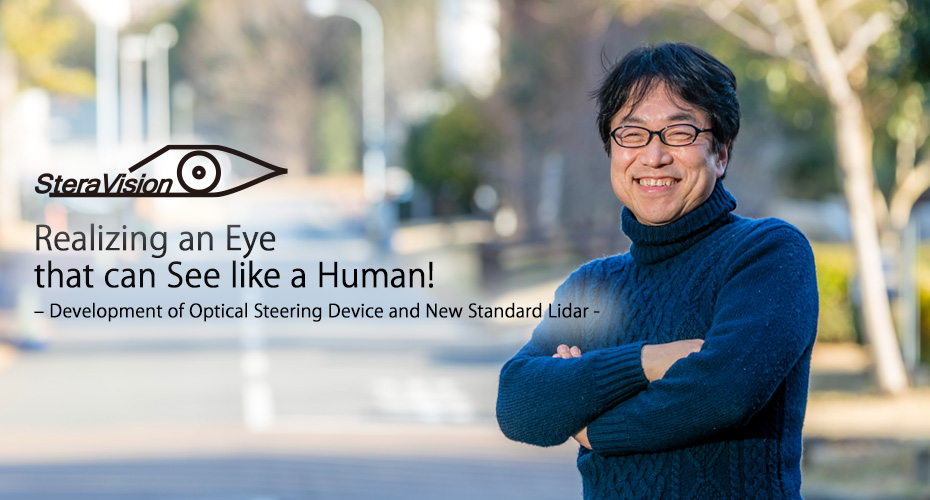
SteraVision Co, Ltd. is a venture company of AIST that is engaged in the design, development, and sale of optical sensors and systems like no other. They are creating new market value with automotive lidar and factory automation (FA) industrial robot eyes, using sensing systems that realize eyes like those of a human. With unique technologies utilizing optical switching and optical communication, they are cultivating a market that is likely to expand more and more in the future.

Representative Director and President of SteraVision Co., Ltd. Doctor of Engineering. His field of specialism is optical device technologies. He started up the optical communication device business at Hitachi Cable, Ltd. As head of the company venture he led his department to grow to about ¥10 billion scale. He has wide-ranging experience and technical capability, a broad personal network in many optical fields, and outstanding communication ability. Thereafter he joined the National Institute of Advanced Industrial Science and Technology. He was engaged in research and development of silicon waveguides and optical switches, and he decided to found a venture company based on optical switches and optical sensors. In December 2016 he established SteraVision Co., Ltd.
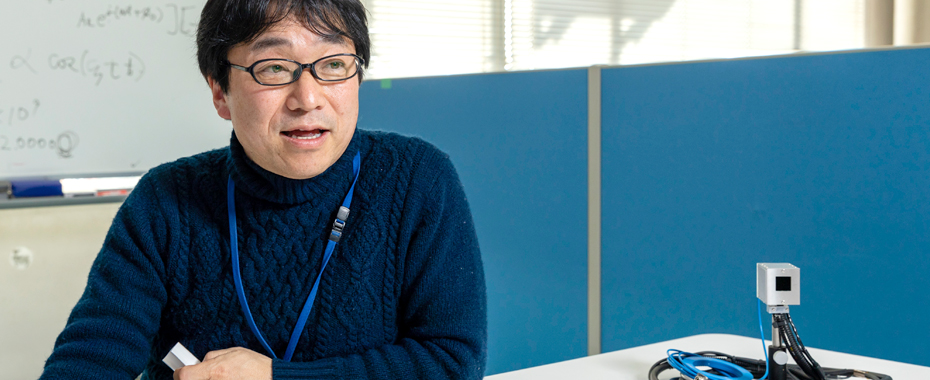
Two technologies for making the invisible visible
― Can you tell us how you came about to establish SteraVision Co., Ltd.?
Previously when I was at Hitachi Cable, Ltd. (currently Hitachi Metals, Ltd.), we carried out joint research on optical communication devices with the Electrotechnical Laboratory, the predecessor of AIST. With the results we were able to grow a business to the scale of about ¥10 billion, and based on this experience I joined AIST to develop devices for communications.
I undertook switching engines, which are switches for selecting wavelengths. The signals transmitted from the transmission stations in the major cities by optical fibers have various wavelengths, and at communication stations extremely flexible communication systems are used for switching the light for each wavelength. With the current performance every time light passes over crosstalk occurs, so our aim was to develop a switching engine that would switch multiple channels at high speed without interfering with other communications, so that the light to be switched jumps over the light currently being transmitted. We noticed that the completed device had a large market not only for communications but also as a scanner for automobile lidar. Lidar is a device that measures distance by irradiating an object with laser light, and in 2016 SteraVision was established to commercialize it. It is an AIST venture company with the manufacture and sale of optical sensors and systems as the core business. In 2018 investment funding was obtained from private companies for commercialization, so operation started in earnest.
― Was there any impulse for placing optics, optical communication, and sensing systems as the core business?
According to the concept of determinism, in all phenomena there is a cause for every result. Einstein has said that “God does not play dice”. However this is certainly not the case when you follow optics back to its source, and you find that it is based on something mysterious. It all started for me when I became interested in this probabilistic theory.
Our slogan is “Making the invisible visible!”. The theme is making that which cannot be seen visible. There are two core technologies for achieving this. The first is a switching engine that realizes an eye similar to that of a human. This is a switching lidar scanning device that switches by providing spatial coordinates so that the object is not passed over. The other is lidar with a new modulation format for seeing through rain or fog that cannot be seen with conventional lidar. Our business is formed around these two products called “MultiPol” and “Digital Coherent Lidar” respectively.
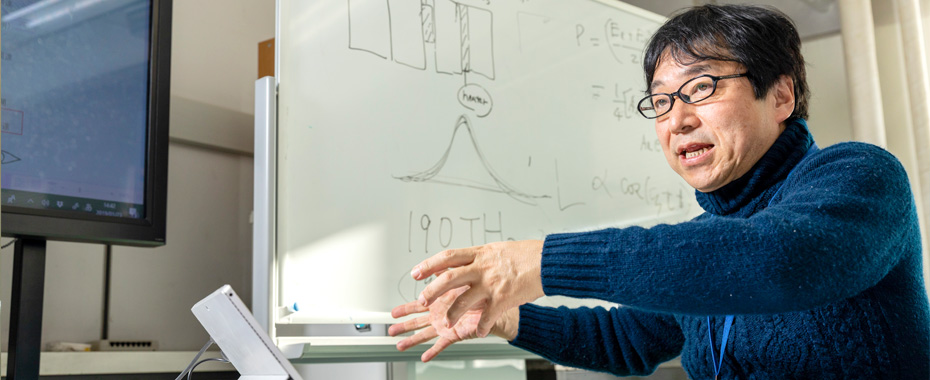
A scanner like a human eye and lidar that can see through smoke
― Tell us about the mechanism of the human-like sensing system “MultiPol”.
The movement of the human eye is extremely slow compared with electronics. Nevertheless being able to drive a car entails selecting and watching the important areas. “MultiPol” aims to perform this with high efficiency and high speed.
The conventional Micro Electro Mechanical System (MEMS) scanner requires time to perform a raster scan by irradiating light from one end of the field of view to the other. In contrast with MultiPol the beam of light is not oscillated but light can be shone in any location. We refer to this as warp scan. For example consider driving an automobile. If you have obtained information in advance that there is a crossroad several hundred meters ahead, you can focus on scanning near there. A warp scan can perform scanning flexibly the same way as a human eye, with high frequency and high density in important parts, and low frequency for the irrelevant parts such as the sky, etc. Its strength is that it can achieve a frame rate of more than 10 times the conventional frame rate.
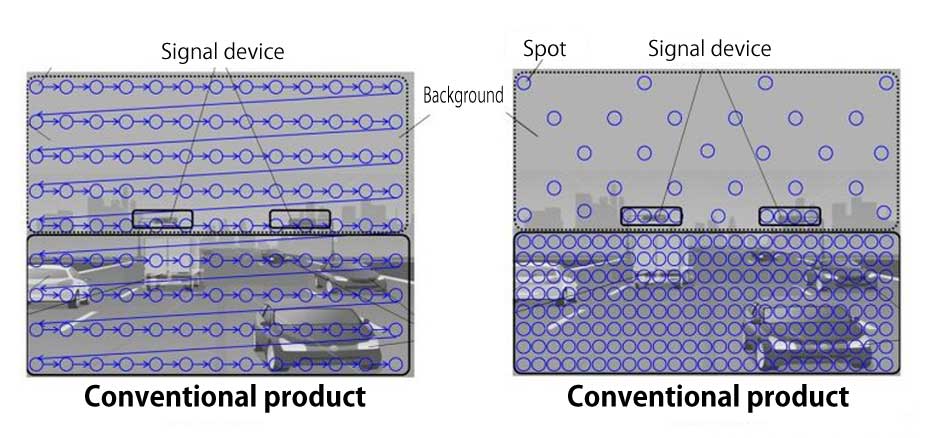
Warp scan that sees important parts at high frequency and high density the same as a human eye
Warp scan that sees important parts at high frequency and high density the same as a human eye The mechanism is switches of 500 micrometers thickness connected in multiple stages, and that operate as a 1×2 switch. For example switching is performed by a digital signal in which light is shone with 1111 as the highest, 0000 as the lowest, and 1011 is intermediate.
At present there are various types of scanner. Firstly the optical phased array scans by varying the slope of light waves, by the same principle as radio waves. However this has the disadvantages that control is difficult and the silicon used in waveguides absorbs the light as the power is increased. The galvano-scanner where the scan is rotated with a motor has the problem that is not possible to know when it will stop moving so it is unreliable, so there is resistance to its use in automotive systems on which human life depends and it is also not used in optical communication.
From this flow the keyword in the lidar field is “solid state”. This is a solid device with no moving parts, and optical phased arrays, MEMS, and also our MultiPol are solid state. In the case of MEMS with some moving parts, doubts remain regarding the evidence of whether metal fatigue really does not occur in the material silicon, and regarding drift of the steering angle of the moving parts. MultiPol does not have these problems, the material costs and processing costs are reduced, and there is an allowance for expansion as a new system. This has the strength that is truly solid-state, and we are aiming to be the de facto world standard as a genuine solid-state device.
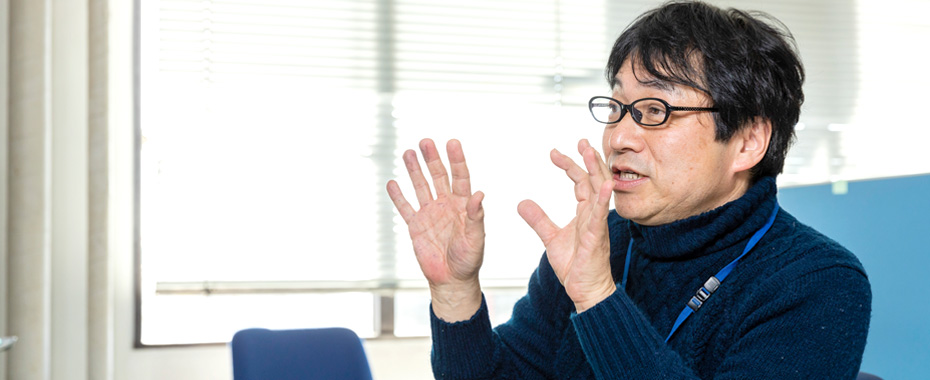
― Tell us about the other core technology “Digital Coherent Lidar”
The current lidar uses the time of flight (ToF) method, in which the path of the light transmitted by a laser and the returning light that is reflected by a mirror are on the same coaxial system until it is received by a detector. With the non-coaxial system, a lens and detector are installed in a position away from the light transmission side. The energy of the reflected light is extremely weak, so in the coaxial system although the amount of light is small the effect of sunlight is also small, and with the non-coaxial system the amount of light is large but the effect of sunlight is also large. In other words neither system is perfect.
Our solution is to apply optical transmission technology, in which the laser light is slightly changed with time, and the wavelength is only very slightly changed. The returning light is added to the light currently being transmitted. This produces beats, and is referred to as a beat signal. When the components cancel each other out it produces zero, and when they add together the signal becomes large, thereby describing an envelope curve. In the “Digital Coherent Lidar” method this envelope curve is measured.
In the ToF format the energy of the returning light is measured, but this only amounts to 1% of the transmitted light. However in our format we can achieve 10% by adding together the amplitudes of the beats in the beat signal, and by multiplying this with the transmitted light very large light is obtained, so we obtain detection capability of which we are proud.
The issue was that it is difficult to vary a semiconductor laser linearly. In addition the laser oscillates at 190 THz, or 190 by 10 to the power of 12 times per second. To vary this wavelength it is important to control down to the 5th decimal place. However, real lasers have greater fluctuations. Therefore the method that we have adopted is to introduce a concept of optical communication in which these minute movements are accepted and digital correction is performed. In this way Digital Coherent Lidar is achieved that can see through smoke up to 50 m ahead.
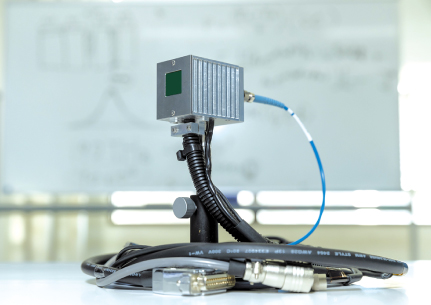
Light beam steering device “MultiPol”
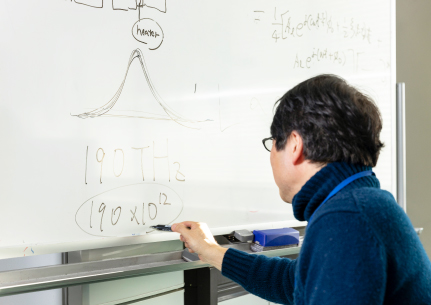
Expansion of business in the automotive and FA robot market
― Looking to the future, what kind of company do you want to become?
In 2016 when SteraVision was established I was the only employee, but now we are 14 and that number is increasing. In a device business that was started up before SteraVision was established I knew both enjoyment and difficulties but it was good experience, and some members of my group at that time are now in the company. I do not want to create an environment in which it is not enjoyable to work. I want a company that has a dream, and that is burning with the passion to resolutely face technical challenges.
In the world there are about 40 to 50 lidar manufacturers. They are our competitors, and among them there are potentially powerful companies with many MEMS and ToF formats. That is where we have a chance of winning. Also, Japan is an environment in which raising venture capital is difficult compared with America, for example. If liquidity does not mesh in all aspects such as resources, etc., then things will not go well. Therefore it is very difficult to secure human resources, but we are working to make changes in this unfamiliar situation in Japan where the culture is to seek stability and not to undertake challenges that entail risk.
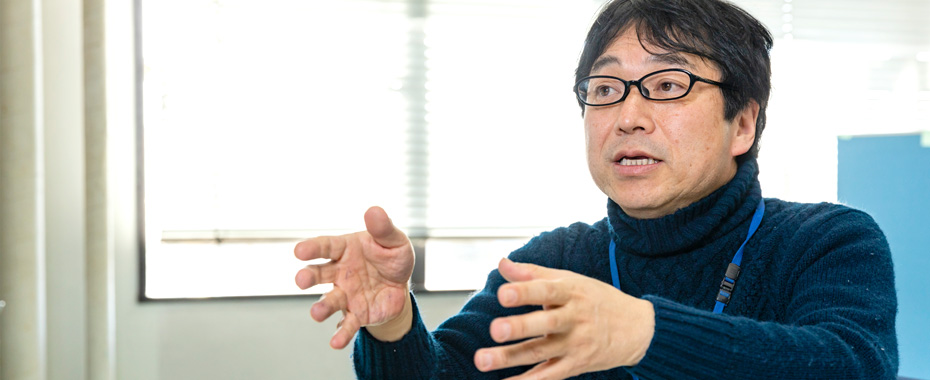
― Tell us about your vision for expansion of the business in the future.
According to a report by the Yano Research Institute Ltd., the market trend for vehicle-mounted sensors for automated driving indicates expansion of advanced driver assistance system (ADAS) and automatic driving, and FA robots will also expand. There are many latent needs, such as sensing systems, automatic driving, security, etc.
Vehicle-mounted cameras have excellent distance measurement and recognition capabilities, but they cannot see in bad weather. The images of millimeter wavelength radar are coarse, but on the other hand they can see well in dense fog. Each has their own characteristics, but the position of lidar is neither one nor the other. In this market we are proceeding with a strategy of expanding the range with the two technologies of human-like scanners and seeing through smoke. At present we are making preparations for mass production and performing reliability tests, and working to start shipping products in 2020 to suit the market for automatic driving that will start up from 2023. In our roadmap we are aiming to participate in the vehicle-mounted market together with our partner companies, and to participate in the FA robot market with our own unique products, and these are the two wheels that will drive our business forward.
In the vehicle-mounted market there is a requirement for products to be fashionable. For the passenger cars in the coming era it will be necessary to achieve high performance specification and small size, without losing ride comfort and style. For the future we will be placing an emphasis on size reduction of our products.
* The contents of this article are based on information as of March 31, 2019.
株式会社SteraVision
本社:〒305-0047 つくば市千現二丁目1番地6
つくば開発センター:〒305-8560 つくば市梅園1-1-1 産業技術総合研究所 つくば中央 第二事業所 2-1-D棟5F
SteraVision Co.,Ltd.
Headquarters: 2-1-6 Sengen, Tsukuba City, Ibaraki Prefecture, Japan 305-0047
Tsukuba Development Center: 5F Building 2-1-D, Tsukuba Central 2, National Institute of Advanced Industrial Science and Technology, 1-1-1 Umezono, Tsukuba City, Ibaraki Prefecture, Japan 305-8560
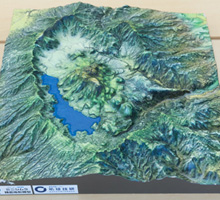
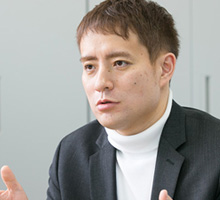
Research Institute for Earth Science Visualization Technology Co.,Ltd.
Visualizing the History of the Earth, and Creating a “Museum of the Future”!
- Precision 3D Modeling and Projection Mapping –


Mottainai Energy Co., Ltd.
Brightening the Future with Electricity Produced from Heat!

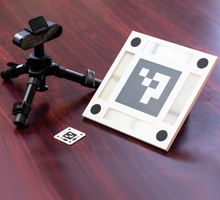
LEAG Solutions Corporation
New image measurement for the smart society!
- 3D position and attitude measurement using high-accuracy markers -
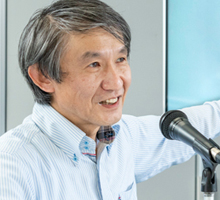

HikariPath Communications Co., Ltd.
Realtime 4K video eliminates distance using new optical communication technology!
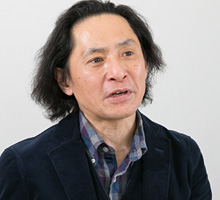
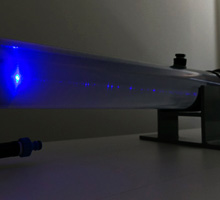
Trimatiz Limited
Manipulating light to open up the future! Technology for measuring the unknown underwater world
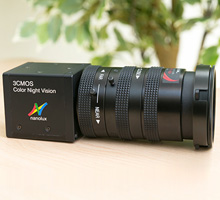

Nanolux co. ltd.
Deliver Color Images in Darkness! Unique Technology Enabling Color Image only by Infrared Illumination
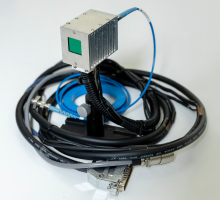
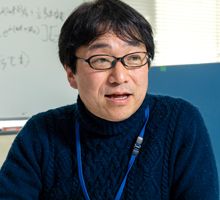
SteraVision Co.,Ltd.
Realizing an Eye that can See like a Human!
– Development of Optical Steering Device and New Standard Lidar -
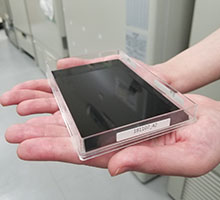

ProteoBridge Corporation
Reproduce human on the palm !
-Development of the world's first human protein array-
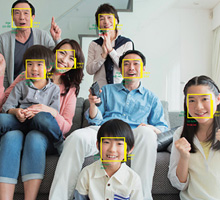
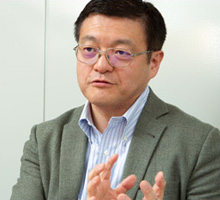
Site Sensing Inc.
Expanding a New Business with Excellent Measurement Technologies for Tracking, 3D Modeling , and Face Recognition
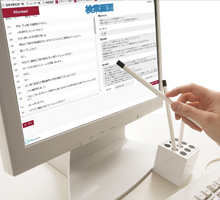

Hmcomm Inc.
Controlling Voice to Open Up Next Generation Business!
- Commercializing AI and Voice Recognition Technology -
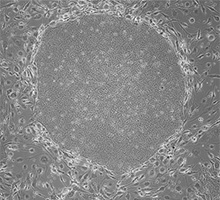
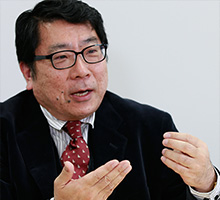
TOKIWA-Bio Inc.
Automatic Generation of iPS Cells!
- Contributing to Gene Therapy Worldwide -
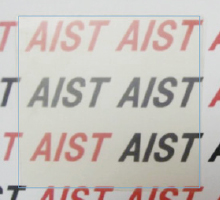
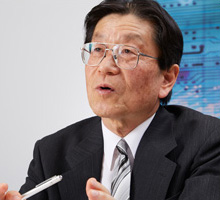
HSP Technologies Inc.
Producing New Materials by Mixing Materials that do can not Mix!
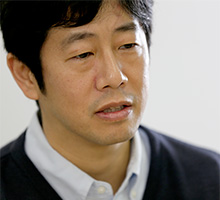
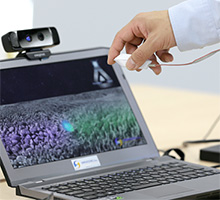
MIRAISENS,Inc.
A feeling as if things were really there!
~ Digitization of physicality and bodily sensations ~
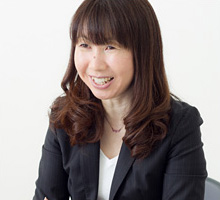
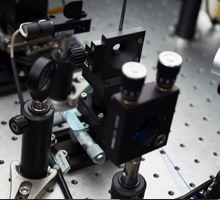
PicoTherm Corporation
Supporting information society by technology to measure thermophysical properties
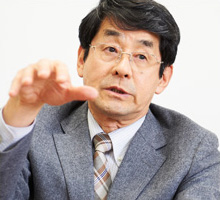
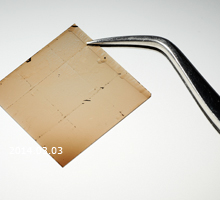
EDP Co.
Dedication to the ultimate material, diamond
